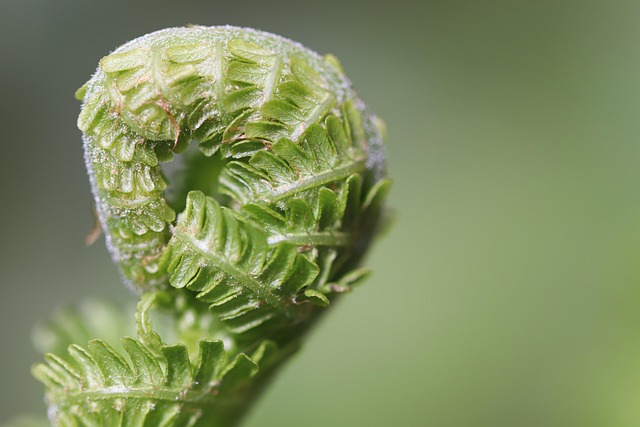Understanding the Importance of Lighting in Photography
When it comes to photography, lighting is undeniably one of the most critical aspects to consider. Without the right light, even the most beautiful subjects can appear flat or muted. That’s why mastering light is essential for every photographer, whether you’re a beginner or an experienced pro. In this blog post, we’ll explore some invaluable photo tips to help you harness lighting and elevate your photography game.
1. The Golden Hour: Nature’s Free Light Source
Have you ever noticed how everything seems to glow during sunrise or sunset? That magical period, often referred to as the golden hour, is perfect for capturing stunning images. The soft, diffused light creates ethereal shadows and enhances colors, making your photos pop. As a photo tip, try scheduling your shoots around this time to take advantage of nature’s most beautiful light.
2. Experiment with Natural Light
Don’t shy away from shooting in natural light! Open shade, such as under a tree or an awning, can provide excellent indirect lighting. If you’re indoors, position your subject near windows to harness soft, natural light. Remember, the direction of the light affects how your subject is perceived, so experiment with angles to find what works best for your shot.
3. Use Reflectors to Manipulate Light
Reflectors can be a photographer’s best friend. They redirect light onto your subject, filling in shadows and creating a balanced exposure. You don’t need fancy equipment; a white poster board or a silver emergency blanket can work wonders. As a photo tip, carry a portable reflector with you to easily manipulate light on the go.
4. Master the Art of Backlighting
Backlighting can create powerful images by highlighting the edges of your subject. Photographers often use this technique to reveal intricate details, especially during the golden hour. When experimenting with backlighting, consider using your camera’s exposure compensation to avoid silhouettes. This technique can lead to stunning compositions that convey depth and drama.
5. Play With Shadows
Shadows are often seen as obstacles in photography, but they can actually enhance your images in unexpected ways. Utilize harsh sunlight to create striking contrasts, adding dimension and interest to your photos. As a photo tip, don’t shy away from shadows; instead, embrace them to tell a richer story through your lens.
6. Artificial Lighting: Your Secret Weapon
While natural light is fantastic, there are times when it simply isn’t available. That’s where artificial lighting comes into play. Whether you opt for flash, continuous lights, or LED panels, understanding how to control and manipulate artificial light is crucial. Practice using various settings and diffusing techniques to avoid harsh lighting and create a softer ambiance.
7. Adjust Your Camera Settings
To make the most out of any lighting scenario, familiarize yourself with your camera settings. Learning how to adjust the ISO, aperture, and shutter speed allows you to control exposure effectively. A wider aperture can help you achieve a lovely bokeh effect, while adjusting your ISO can brighten lower-light images without introducing too much noise.
8. Practice, Practice, Practice!
Ultimately, the best way to master light is through consistent practice. Experiment with various lighting setups and take note of how they impact your photographs. Over time, you’ll develop an eye for light, allowing you to predict how it will interact with your subjects. Keep shooting, learning, and refining your skills!
Lighting is the heartbeat of photography. By applying these photo tips and understanding how to manipulate light effectively, you’ll be able to transform your images into breathtaking visuals that resonate with viewers. So grab your camera, head outside, and start mastering the art of lighting today!




